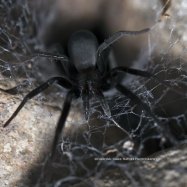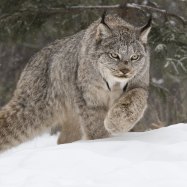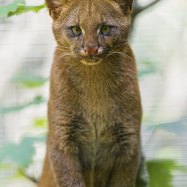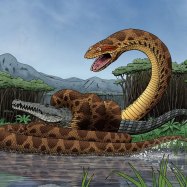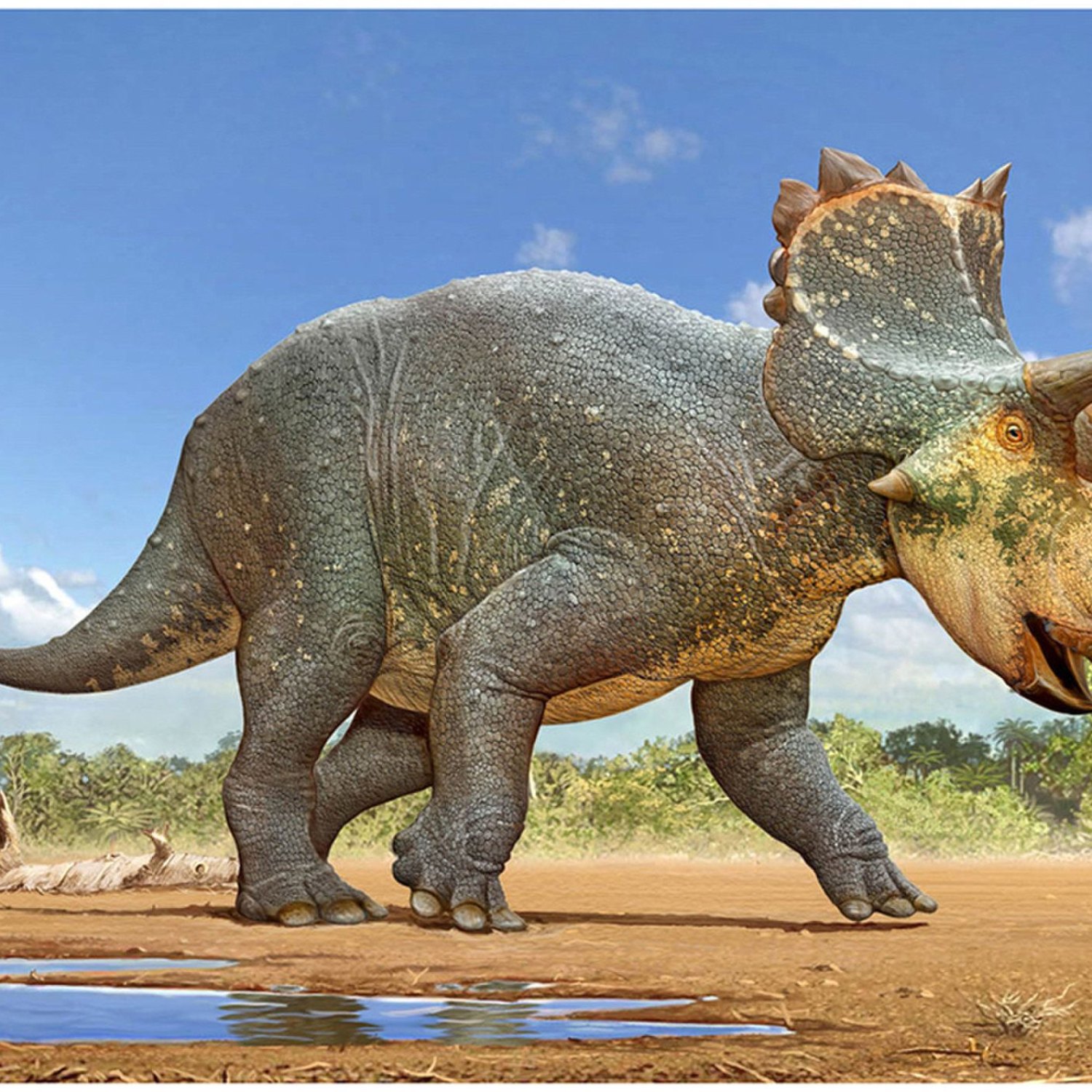
Dinosaurs
Varied
Dinosaurs, the mighty and fascinating creatures from millions of years ago, come in a variety of species and sizes. From the long-necked Brachiosaurus to the sharp-toothed T-Rex, dinosaurs ruled the earth with their diverse body shapes and sizes. Despite their extinction, their fossils continue to capture our imagination and give us a glimpse into our planet's prehistoric past. Learn more about these incredible animals and their families from various locations around the world. Discover their interesting features and be amazed by the incredible diversity of these ancient animals. Unleash your inner paleontologist and explore the world of dinosaurs today!
Animal Details Summary:
Common Name: Dinosaurs
Kingdom: Animalia
Habitat: Terrestrial
The Fascinating World of Dinosaurs: Exploring the Reign of These Majestic Creatures
From children’s toys to blockbuster movies, we are all well aware of the existence of dinosaurs, but how much do we really know about these monumental creatures? The word dinosaur comes from the Greek words “deinos”, meaning terrible or powerful, and “sauros” which translates to lizard. And indeed, the dinosaurs were powerful and fascinating creatures that roamed the Earth millions of years ago. In this article, we will dive deep into the world of dinosaurs, exploring their scientific name, habitats, feeding methods, and many other interesting facts.The Scientific Name and Classification
Scientifically known as Dinosauria, dinosaurs were a diverse group of reptiles that lived during the Mesozoic Era, which lasted for approximately 186 million years Dinosaurs. They were part of the Animalia kingdom, the Chordata phylum, and the Reptilia class. Dinosaurs were divided into two main orders, Saurischia and Ornithischia, based on their pelvic structure.The Saurischia order includes carnivorous dinosaurs, such as the well-known T-Rex, while the Ornithischia order includes herbivorous dinosaurs, such as the Triceratops and Stegosaurus. Despite their physical differences and different feeding methods, all dinosaurs shared some common characteristics, such as having an upright posture, walking on two legs, and having a four-chambered heart.
The Fascinating Families of Dinosaurs
Dinosaurs belong to various families depending on their characteristics and body shape. Some of the well-known families are:- Tyrannosauridae: This family includes some of the most iconic and feared dinosaurs, such as the T-Rex. These dinosaurs had massive heads, sharp teeth, and powerful jaws, making them apex predators.
- Brachiosauridae: These dinosaurs were known for their long necks and tall bodies, making them one of the tallest dinosaurs that ever lived.
- Stegosauridae: These dinosaurs were famous for their distinctive plates on their backs and spiky tails Death Adder. It is believed that they used these features for defense against predators.
- Hadrosauridae: Better known as the duck-billed dinosaurs, this family was known for their unique dentition, which included hundreds of teeth that formed a duck-like bill. They also had strong hind legs, which allowed them to walk and run on two legs.
The Habitat of Dinosaurs
Dinosaurs were adapted to thrive in a variety of environments, including forests, swamps, deserts, and plains. Unlike some modern-day reptiles that rely on external heat sources, dinosaurs were endothermic, meaning they could regulate their body temperature internally. This adaptation allowed them to live in colder climates and even in the polar regions during the Mesozoic Era.The Feeding Methods of Dinosaurs
There were a wide variety of feeding methods among dinosaurs, and they were mostly divided into two categories: herbivorous and carnivorous.- Herbivorous dinosaurs had beaks and complex dentition that allowed them to grind and chew tough plant material. Some of the well-known herbivorous dinosaurs are Brachiosaurus, Apatosaurus, and Triceratops.
- Carnivorous dinosaurs had sharp claws, teeth, and powerful jaws, making them efficient hunters. They could also use their tails to take down large prey. Some of the famous carnivorous dinosaurs are T-Rex, Velociraptor, and Spinosaurus.
The Global Distribution of Dinosaurs
Dinosaurs have been found in almost every part of the world, from the polar regions to the tropics. Fossil evidence suggests that they were present on all continents, including Antarctica, which further supports the idea that they were endothermic animals.The Variety of Colors and Body Shapes
When it comes to the appearance of dinosaurs, it's difficult to imagine their vivid colors and shapes just by looking at their fossils. However, scientists have used many different methods to identify the coloration and skin patterns of dinosaurs. Some of the techniques used include:- Comparing the bones of dinosaurs to modern-day animals with known colors and patterns.
- Analyzing trace fossils, such as footprints, which can reveal skin texture and patterns.
- Studying microscopic structures in feathers and scales to identify pigments.
These methods have revealed that dinosaurs could have had a wide range of colors and patterns, from dull browns and greens to vibrant reds and blues. Moreover, their body shape was equally diverse, with some dinosaurs having long necks, others having horns and plates on their backs, and some having feathers.
The Enigmatic Extinction of Dinosaurs
One of the most fascinating and mysterious aspects of dinosaurs is their sudden extinction. It is estimated that around 65.5 million years ago, a catastrophic event wiped out all non-avian dinosaurs, making them one of the biggest mass extinctions in the Earth's history. Scientists have proposed various theories to explain this extinction, but the evidence is still inconclusive.The most widely accepted theory is the asteroid impact hypothesis, which suggests that a massive asteroid hit the Earth and caused a chain reaction of events that led to the extinction of the dinosaurs. This hypothesis is supported by the discovery of the Chicxulub crater in Mexico, which is believed to be the result of the asteroid impact. Other theories propose volcanic eruptions, climate change, or disease as the cause of the dinosaur extinction.
In Conclusion
Dinosaurs are one of the most extraordinary creatures to have ever lived on this planet. Their powerful presence, diverse adaptations, and intriguing extinction have captured the imagination and curiosity of people for centuries. Thanks to ongoing research and discoveries, we continue to learn more about these majestic creatures and their place in the history of our planet. The world of dinosaurs may no longer exist, but their legacy lives on, inspiring generations to come.

Dinosaurs
Animal Details Dinosaurs - Scientific Name: Dinosauria
- Category: Animals D
- Scientific Name: Dinosauria
- Common Name: Dinosaurs
- Kingdom: Animalia
- Phylum: Chordata
- Class: Reptilia
- Order: Saurischia, Ornithischia
- Family: Various
- Habitat: Terrestrial
- Feeding Method: Herbivorous, Carnivorous
- Geographical Distribution: Worldwide
- Country of Origin: N/A
- Location: N/A
- Animal Coloration: Varied
- Body Shape: Varied
- Length: Varied
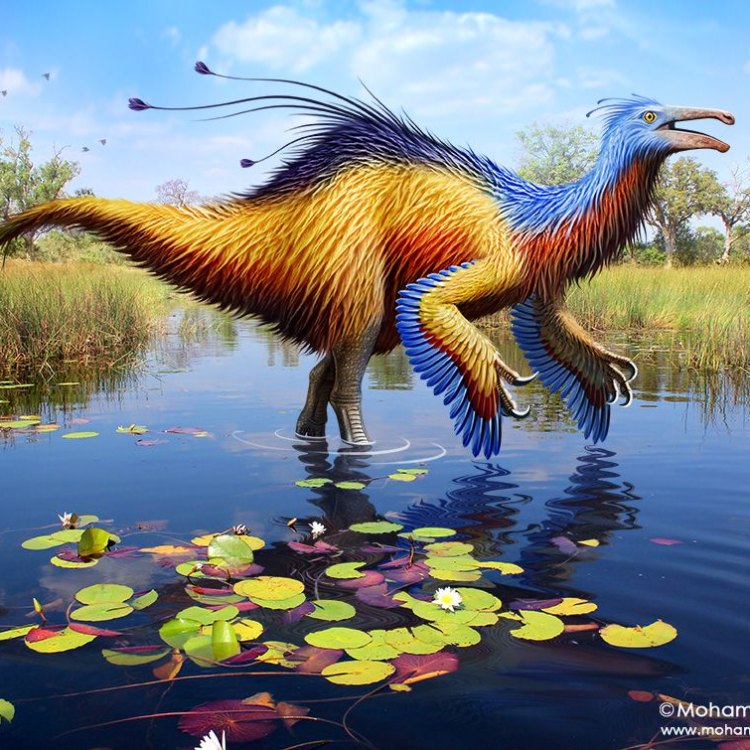
Dinosaurs
- Adult Size: Varied
- Average Lifespan: Varied
- Reproduction: Sexual
- Reproductive Behavior: Varied
- Sound or Call: N/A
- Migration Pattern: N/A
- Social Groups: Varied
- Behavior: Varied
- Threats: Extinct
- Conservation Status: Extinct
- Impact on Ecosystem: N/A
- Human Use: N/A
- Distinctive Features: Various
- Interesting Facts: Dinosaurs were a diverse group of reptiles that lived during the Mesozoic Era. They ranged in size from small, bird-like dinosaurs to giant, long-necked herbivores and ferocious carnivores. Dinosaurs are known for their unique features, such as their scales, claws, and bony plates. They were the dominant terrestrial animals for over 160 million years until their extinction around 66 million years ago. The cause of their extinction is still a topic of scientific debate.
- Predator: Various
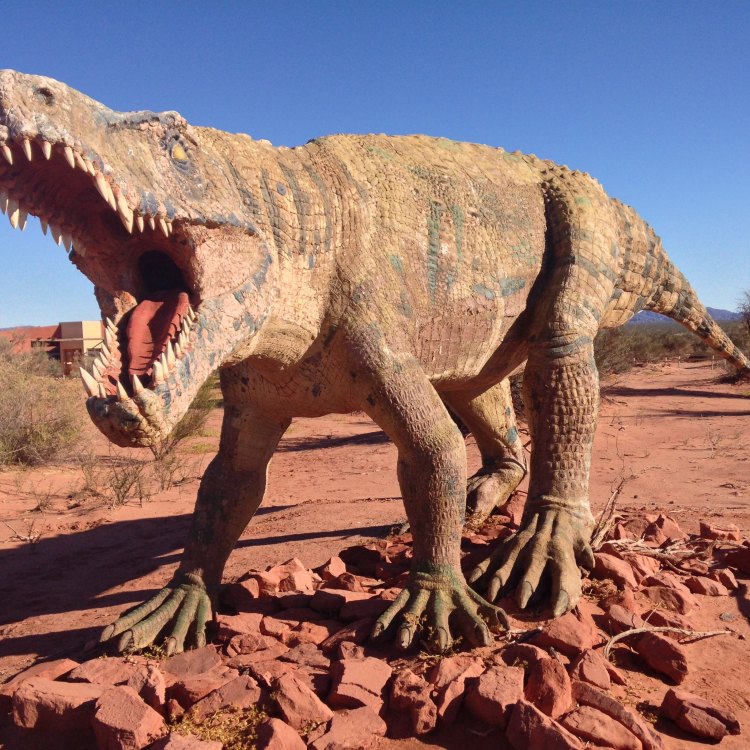
Dinosauria
The Fascinating World of Dinosaurs
Dinosaurs have been a source of curiosity and fascination for people of all ages for centuries. These prehistoric creatures roamed the earth for over 160 million years and have captured our imaginations with their formidable size and unique features. From the tiny Velociraptor to the towering Tyrannosaurus Rex, here is a glimpse into the diverse and intriguing world of dinosaurs.One of the most remarkable things about dinosaurs is their varied adult size PeaceOfAnimals.Com. They ranged from as small as a chicken to over 100 feet long. The smallest known dinosaur, the feathered Microraptor, was only about 16 inches in length, while the largest dinosaur ever discovered, the Argentinosaurus, measured up to 100 feet long and weighed around 100 tons. This incredible diversity in size is a testament to the adaptability and evolutionary success of dinosaurs.
Another interesting aspect of dinosaurs is their varied average lifespan. While it is difficult for scientists to determine the exact lifespan of dinosaurs, based on their growth rates and size, it is estimated that they lived anywhere from a few years to a few decades. This variation suggests that their lifespan was influenced by factors such as species, diet, and environment.
Dinosaurs reproduced sexually, meaning they required a male and female to mate and produce offspring. However, their reproductive behavior was diverse, and some species had unique adaptations for mating. For example, some dinosaurs engaged in elaborate courtship displays, while others laid eggs in large communal nests Darkling Beetle.
Unlike many living animals, dinosaurs did not have the ability to vocalize and produce sound. Therefore, they did not have a call or sound. This absence of vocal communication is not entirely surprising as most reptiles, which are closely related to dinosaurs, do not have vocal cords. However, it is believed that some species of dinosaurs may have been capable of air sacs or grunts that could have been used for communication.
While some species of animals migrate to find better sources of food or to breed, dinosaurs did not have a migratory pattern. This is because they were well adapted to their environments and had a stable food supply all year round. However, some species may have moved in search of food or to follow herds of prey.
Dinosaurs had varied social groups, which differed based on the species. Some lived in large herds, while others were solitary creatures. In some cases, social hierarchy and communication within these groups were essential for survival, especially in situations where predators were present.
As for their behavior, it was as diverse as their size and species. Some dinosaurs were fast and agile, while others were slower but had powerful jaws. They were also skilled hunters and prey, with some using their sharp claws and teeth to catch prey, while others relied on their strength and size. These unique behaviors allowed them to thrive in their respective environments.
However, despite their adaptability and dominance, dinosaurs faced their eventual demise when they became threatened by an unknown force. Yes, the threats that led to the extinction of dinosaurs are still a topic of scientific debate. Some theories suggest that a massive asteroid impact, volcanic eruptions, climate change, or diseases were responsible for their extinction. Whatever the cause, it is clear that dinosaurs could not survive the harsh conditions of their changing world.
Unfortunately, dinosaurs are now extinct, and their conservation status is listed as extinct. However, their impact on the ecosystem during their reign was significant and cannot be denied. They shaped and influenced the plant and animal life, and their extinction caused a massive ecosystem collapse, paving the way for new species to evolve and thrive.
While humans did not coexist with dinosaurs, their use of dinosaurs has been significant in many ways. From inspiring countless books, movies, and television shows to being a subject of scientific research and educational programs, dinosaurs have captured our hearts and minds. Humans have also used fossilized dinosaur remains to study and understand the prehistoric past and to create lifelike replicas for museums and exhibitions.
One of the most distinctive features of dinosaurs is their various features, which helped them thrive in their environments. From sharp, serrated teeth for carnivores to bony plates for protection, each species had unique adaptations that allowed them to survive and evolve. These features have also helped scientists to classify and understand the different types of dinosaurs and their behaviors.
Lastly, here are some interesting facts about dinosaurs that will amaze you. Did you know that dinosaurs lived on all seven continents, including Antarctica? Or that the fossilized remains of feathers were found on some species, suggesting that some dinosaurs may have had feathers like birds? Additionally, the word "dinosaur" comes from the Greek words 'deinos,' meaning terrible, and 'sauros,' meaning lizard, and was coined in 1842 by paleontologist Richard Owen.
In conclusion, dinosaurs were a fascinating group of reptiles that dominated the earth for over 160 million years. Their diverse adult sizes, varied lifespans, reproductive behavior, and unique features have captivated our imagination and sparked our curiosity for centuries. While they may be extinct, their legacy lives on, and we continue to learn and discover more about these magnificent creatures through scientific research and exploration.
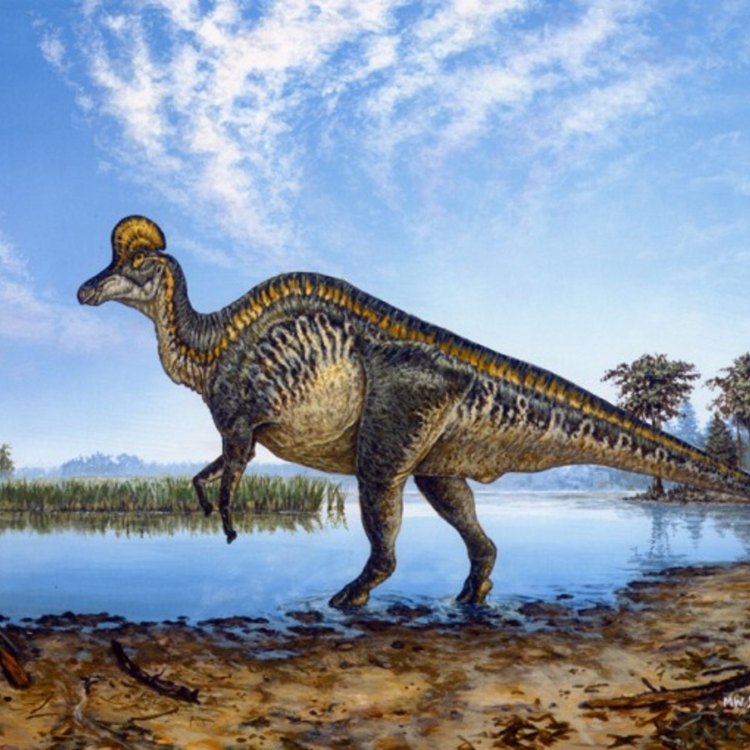
The Fascinating World of Dinosaurs: Exploring the Reign of These Majestic Creatures
Disclaimer: The content provided is for informational purposes only. We cannot guarantee the accuracy of the information on this page 100%. All information provided here may change without prior notice.


